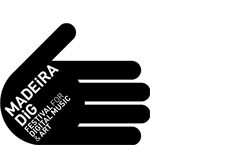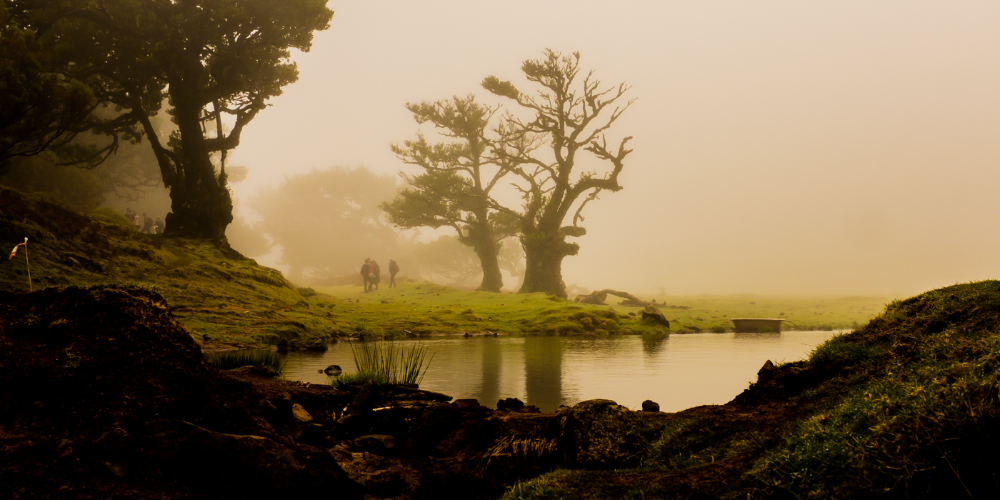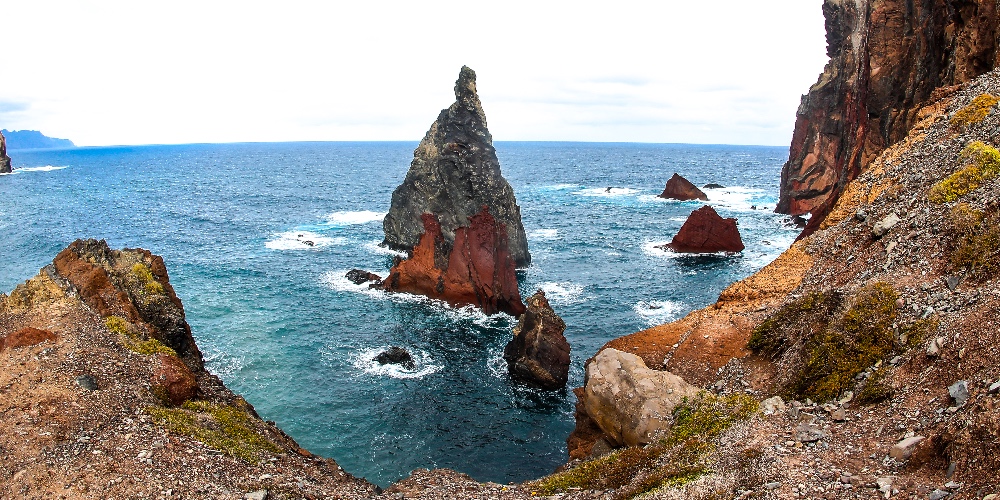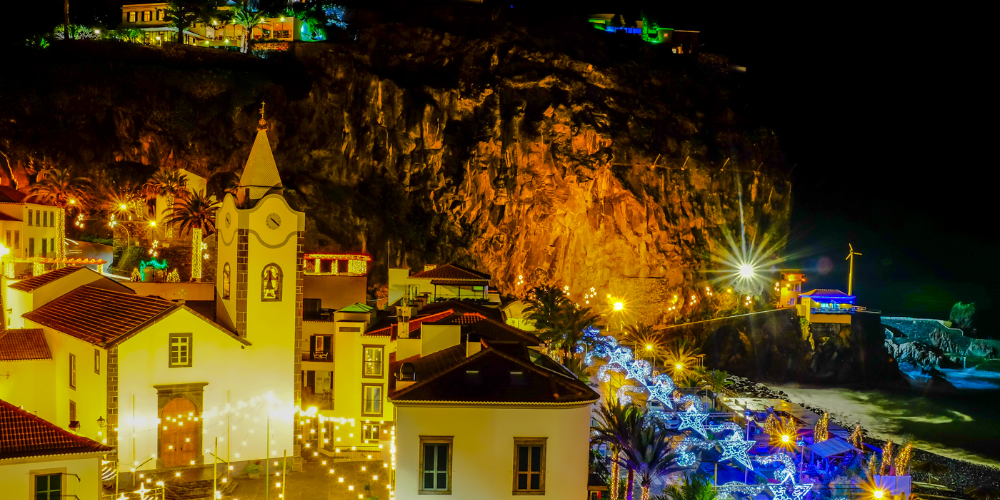Exhibition: “What is Watt?”
Centro Cultural John dos Passos – Ponta do Sol
30Nov – 05Dec 2023 | FREE ENTRY
António Barros
Engaged in the dynamic intersection of Art and Education, the artist conducts research within the realm of languages, combining practical work with influential figures such as Raymond Murray Schafer, Joseph Moreno, Robert Filliou, Serge III Oldenburg, Tormo i Ballester, Wolf Vostell, Yoko Ono, José Ernesto de Sousa, Alberto Carneiro, and Augusta Villalobos. Their works are housed in prominent institutions like the Museum of the Presidency of the Portuguese Republic, MNAC_Museu Nacional de Arte Contemporânea, Museu Serralves, MUDAS.museu, Fundació Joan Brossa, MVM_Museo Vostell Malpartida, Paradise Museum of Joseph Beuys, Calouste Gulbenkian Foundation Art Library, and the Digital Archive of Portuguese Experimental Literature. The artist also imparts knowledge through teaching at the University of Coimbra and the University of Porto.
António Dantas
Born on the island of Madeira in 1954, Portugal, he currently resides and works in Funchal. In the late 1970s, he crossed paths with António Aragão, initiating a collaboration in 1981 to explore the visual and poetic/experimental possibilities of a Xerox 3100 photocopier, seeking innovative connections between text and image. This collaboration gave rise to the envelope-zine Filigrama, circulated within the global mail-art network. Notably, this project earned recognition for its involvement in “some of the most important initiatives related to Portuguese visual poetry in the 1980s and 1990s,” leading to participation in various international festivals and biennials focusing on mail-art, copy-art, video-art, visual, and experimental poetry. His work is featured in several anthologies dedicated to Portuguese experimental and visual poetry.
Carlos Valente
As a visual artist, he has explored the mediums and languages of video, installation, and, lately, performance. He has exhibited in solo shows alongside various artists as an audiovisual “intruder” (part of the “point of view” project) and in group shows. To date, he has had three solo exhibitions at Galeria dos Prazeres, Henrique and Francisco Franco Museum, and Casa da Cultura de Santa Cruz. The rest of his time is dedicated to his role as an associate professor of aesthetics and art history at the University of Madeira. He has authored several articles on photography, cinema, aesthetics, and art history, in addition to organizing congresses, exhibitions, meetings, etc. Furthermore, he frequently contributes to exhibition catalogues.
Silvestre Pestana
(Funchal, 1949) holds a degree in Graphic Arts and Design from ESBAP and a master’s degree in Art and Design Teaching from De Montfort University. He served as a lecturer at the School of Education of the Polytechnic Institute of Coimbra.
His work is notable for the radical nature of interventions rooted in intentional hybridity, stemming from the interplay and permutation between linguistic and non-linguistic signs. The contamination emerging from the diverse use of graphic material in the 1960s and 70s found support in the 1980s through video and computer media. In this regard, his computer poetry is credited with opening new directions for experimental poetry. Frequently intertwining issues related to materiality and mediation, his work incorporates procedures based on digital systems alongside analogue representation. His recent foray into performance, in real or virtual spaces like Second Life, is crucial in understanding how experimentalist practices intersect with the social practices they engage with.
Pedro Pestana
Pedro Pestana is a musician proficient in guitar, pedals, and loops. With a sonic and experimental approach, he navigates between world music psych and EMD. He has contributed to over 40 albums released in Portugal, the UK, Germany, and the USA. Pedro has toured Europe, Mexico, and North Africa with projects like 10,000 Russians and Tren Go! Sound System. Additionally, he has been involved in installations like “Blue Light” with Silvestre Pestana, co-produced the traveling festival “Um Ao Molhe” for solo musicians, and composed soundtracks for theatre, performance, dance, and cinema. In the realm of cinema, he has recorded and designed sound for animation, documentary, and fiction.
Celeste Cerqueira
She holds a degree in Painting from FBAUP and a Master’s in Visual Arts – Intermediate from the University of Évora (2007). Alongside Silvestre Pestana, she co-organized the Virtual Biennial (2013 and 2015) and the Lote 67 space (since 2018). In addition to solo exhibitions, she has been invited to participate in various collective projects curated by Daniela Stelle (2017), Eduarda Neves (2018, 2019, and 2021), José Maia (2015, 2017, and 2019), Nuno Canelas (2016), Nuno Faria (2016), Pedro Ruiz (2014 and 2016), and Valeria Bartesina (2017).
Evangelina Sirgado de Sousa
She was born in Funchal in 1952, graduated in Sculpture from the Madeira Academy of Music and Fine Arts in 1975, and completed a Postgraduate and Masters in Computer Visualization and Animation at Bournemouth University, U.K. in 1992. She taught in Funchal at the Instituto Superior de Artes Plásticas da Madeira (later Instituto Superior de Arte e Design) and at the University of Madeira, Department of Art and Design. In England, she taught at the National Centre for Computer Animation, Bournemouth University. Her research and artistic exploration initially focused on sculpture, photography, and painting in her leisure time. However, since 1984, the computer has taken a central role in her work, serving as a vehicle, support, and enabler for various forms of artistic experimentation at the core of her research.
Composing algorithms (computer code) as a means of artistic expression is a captivating and inexhaustible source of experimental work for her. The results of her research have been exhibited, both individually and collectively, since 1973, with a total of 8 individual exhibitions and 43 collective exhibitions until this year.
Hugo Olim
Hugo Olim was born in Machico, Madeira Island, in 1978. His artistic endeavours span the realm of visual arts, particularly in video and photography, where he delves into the image’s various dimensions: its connection to sound, time, space, and technology. He holds a Ph.D. in Audiovisuals from the Fine Arts University in Lisbon and currently resides and works in Madeira.





